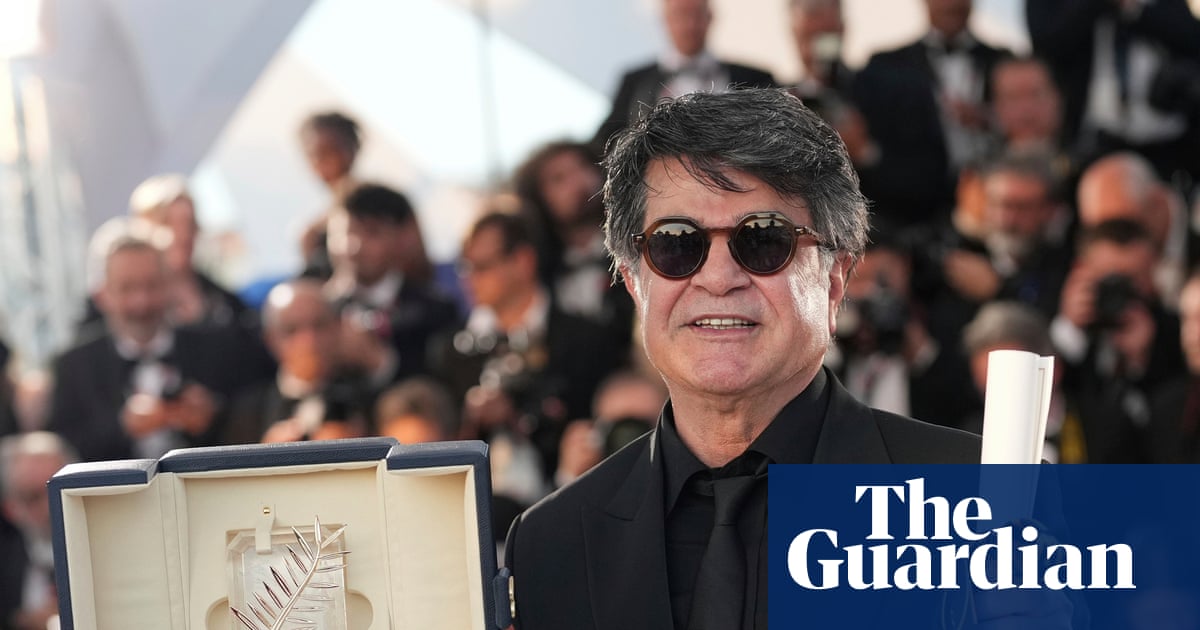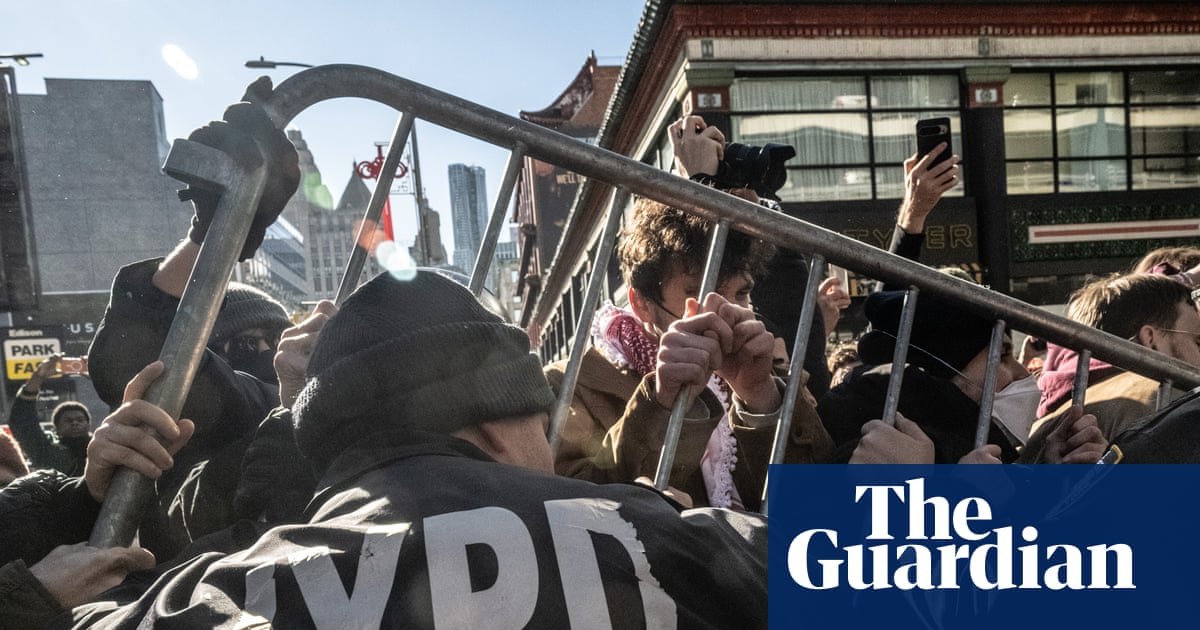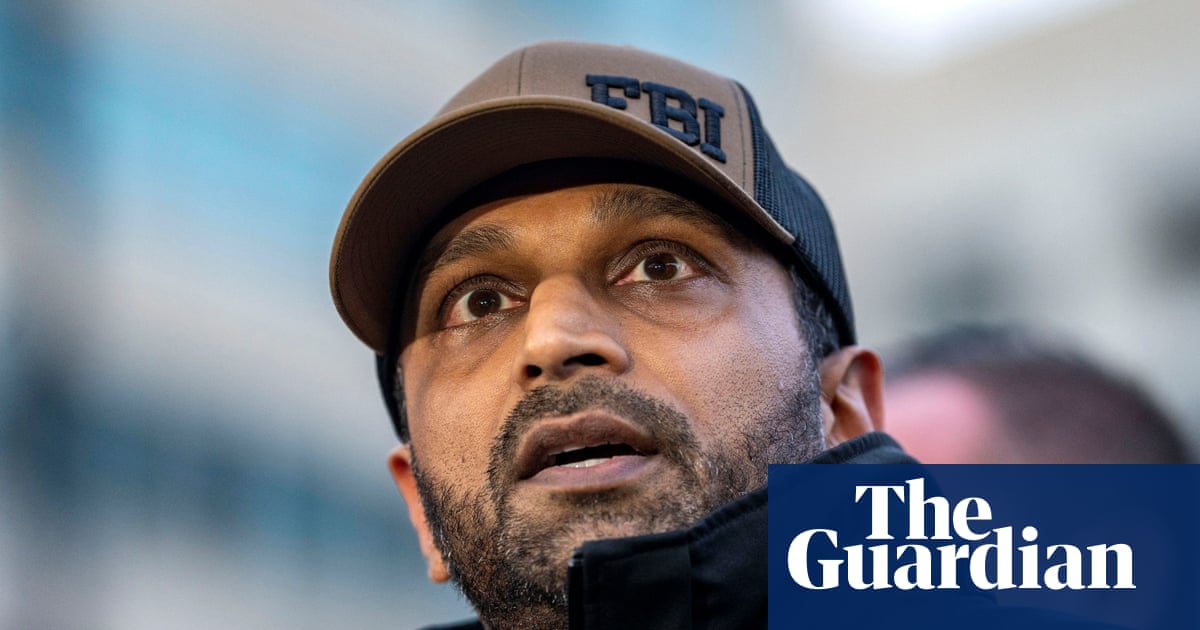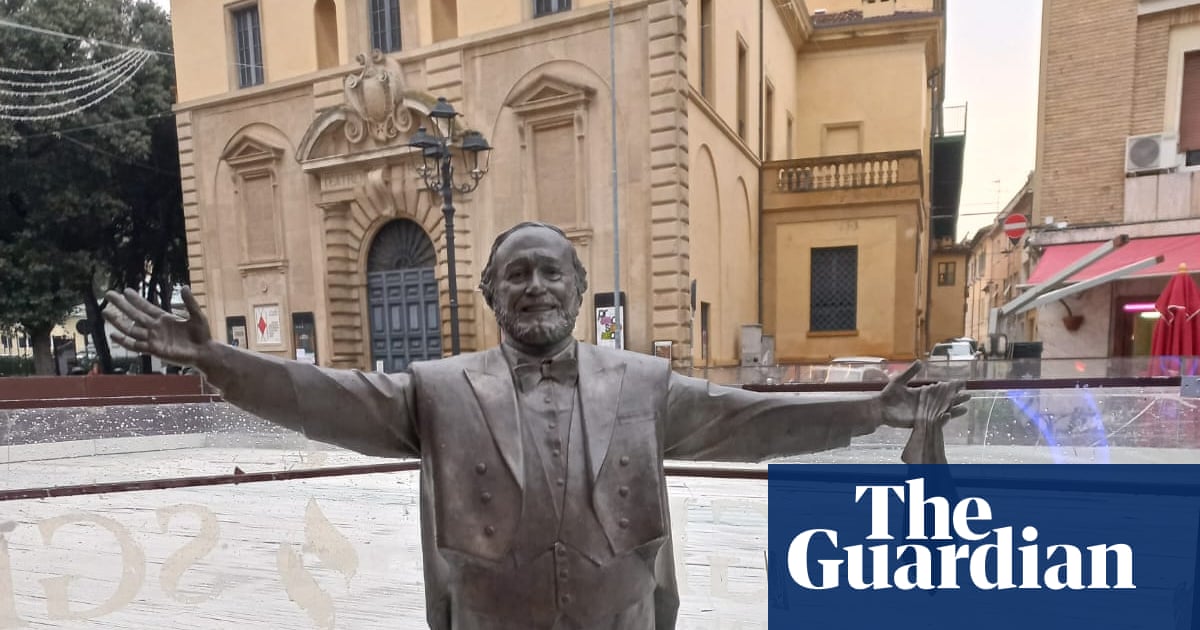Formula One entered the 1964 season finale at the Autódromo Hermanos Rodríguez in Mexico City with a first for the championship: three drivers representing three teams were still in the fight for the title and what a lineup they presented. Graham Hill for BRM, John Surtees for Ferrari and Jim Clark at Lotus were all in contention in one of the great deciders that, by its close, established a motor racing milestone that decades later remains unmatched.
The season had opened by defining what was expected to become the championship battle. Clark, the defending champion, and Lotus looking defiant if not quite as dominant as in 1963, fighting off the BRM of Hill and the Brabham of Dan Gurney. Clark had won three of the opening five races, while Hill and Gurney had won in Monaco and France. Surtees, however, had struggled as Ferrari had focused on its battle with Ford at Le Mans.
By the time the championship reached Mexico, Surtees had not led the championship, but after beating Ford at the Vingt-Quatre, Ferrari weighed in properly to their F1 tilt and having taken two wins in Germany and Monza, the British driver was still in the game.
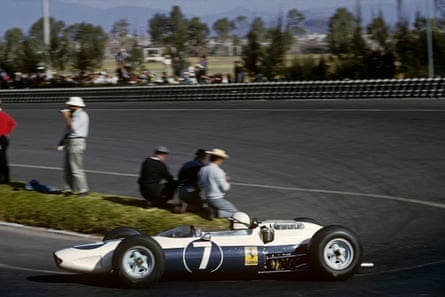
Surtees was the son of motorbike dealer and three-time British motorcycle sidecar champion, Jack, who had encouraged the boy to follow in his footsteps. “I was around 11 or 12 years of age when my father said to me: ‘Lad, there’s a box of tools there and a box of parts over there, put it together and you can have it’,” he said.
Bike assembled he went on to prove himself an absolute natural, taking four 500cc and three 350cc motorcycle world championships for Count Domenico Agusta’s MV Agusta team between 1956 and 1960.
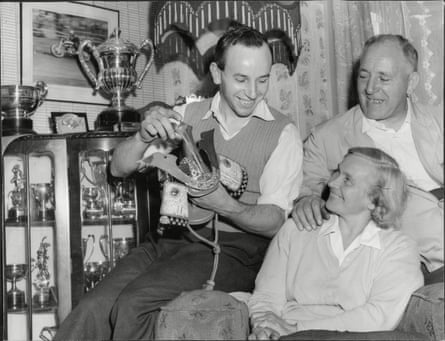
He turned his hand to cars in 1960 and, showing no little touch, by 1963 Enzo Ferrari, a great admirer of motorcyclists, brought him to F1 operation at Maranello where his attitude and skill immediately endeared him to the team and the fans. Ferrari affectionately called him “Giovanni”, while the team, with whom he forged an enormously strong relationship between 1963 and 1965, and the tifosi hailed him as “Il grande John”.
A year later Enzo’s faith and eye for a quick driver once more proved astute as the season entered its climax. Hill led from Surtees by five points with Clark, who had endured four retirements in the second half of the season, nine behind. The permutations for the potential victor were complex, but Clark had to win to have a shot at the title, while Surtees needed to finish at very least in front of Hill and Jimmy.
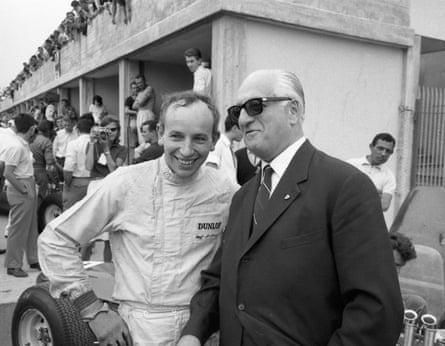
Were it not notable enough, the race was also distinct in being the second, and last, time Ferrari did not run in the traditional rosso corsa scarlet. Instead, they used the blue and white colours of the North America Racing Team, a privateer outfit that ran Ferraris in the US.
Enzo had been incensed at the Italian racing federation’s refusal to homologate his latest sports car and had vowed never again to run in red – Italy’s racing colour. He later relented, but at Mexico and the previous round at Watkins Glen, the scarlet was gone. Ferrari was making a point, but he knew what really mattered, as always, was on track.
Clark had taken pole with Surtees in fourth and Hill in sixth, but with 65 laps still to come on the original version of the circuit with its fearsomely quick 180-degree banked final corner, Peraltada, there was everything to play for.
Clark knew what he had to do, take the win and hope that behind him his rivals fell away and he duly leapt into the lead as the drama began apace. Hill’s goggles strap had broken just before the off and he was trying to get them on again even as the field began moving past . By the end of the first lap he was 10th, while Surtees’s engine had failed to fire and he dropped to 13th. Everything Clark needed had, it seemed, fallen his way.
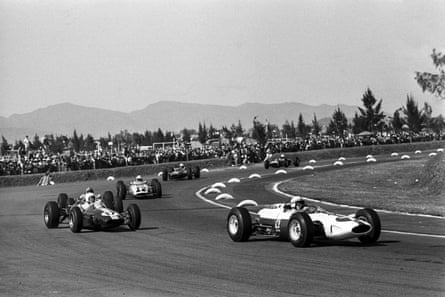
He duly opened a lead while Hill and Surtees began moving their way back through the field. By lap 12 Hill, on a charge, had made it past Surtees’s Ferrari teammate, Lorenzo Bandini, to take third behind Clark and Gurney, with Surtees following shortly behind them up to fourth.
Bandini, however, was in no mood to roll over and he stayed with Hill as the cars circuited at relentless pace. At the midpoint Bandini pushed hard at Hill, the pair coming enormously close such that at the hairpin Hill was moved to shake his fist at the Italian. The team radio, had it existed, would have doubtless been lively. The gesture only seemed to fire up Bandini and on lap 31 once more they came together at the hairpin, neither driver willing to give quarter and the Italian hit Hill’s BRM.
Both cars spun, Hill into the barrier bending two exhaust pipes such that he had to immediately pit to have them forcibly broken off. A process that was painfully time-consuming, while Bandini recovered to continue on, albeit now third behind Surtees.
With Hill needing at least third to a Clark win, the latter now really held the whip hand in front of Gurney, Surtees and Bandini.
Bandini, with the quicker 12-cylinder Ferrari, came back at Surtees to take back third but as the laps ticked down it appeared to be moot. Even as they lapped with frenetic intent, Clark maintained his iron grip on the front.
Fate had not quite done with the 1964 decider. In the final laps, Clark noticed oil on the track at the hairpin and went wide to avoid it. The next circuit he spotted the oil was on the line he had just taken and with it came the heartbreaking realisation that it was his car that was leaking. The question now was how long it could last.
Before the advent of team radio only Clark knew what had befallen him and he pressed on in the hope he might make it, until the start of the final lap when he threw up his hands to indicate to the team he had a problem and as the decisive circuit began, the title hung in the balance.
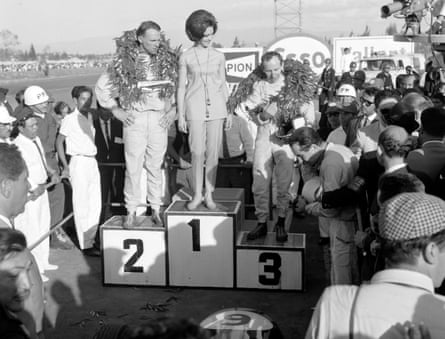
It was too late for Clark, his car slowed, Gurney took the lead and Bandini moved over to allow Surtees to claim second, enough for the title as Clark’s car ground to a halt on that final lap. When Gurney claimed the win it was to more of an anticipatory murmur rather than the celebration that was released when Surtees followed him to take the flag and the title.
It had been an unlikely and dramatic end to a championship that had made history with Surtees becoming the first racer to have won the world championship in F1 on four wheels and in motorbikes on two. He remains the only driver to have done so, an achievement that is highly unlikely ever to be matched.
For Surtees it remained just another moment in what was a lifelong labour of love. “It was only after the race, when I saw the beaming faces of my team, that it struck me, a sense of what I had done,” he later recalled. “Yes, looking back, it’s satisfying, but the most important thing, the most important part of my racing, was simply that I loved what I was doing.”
-
Formula 1: The Greatest Races by Giles Richards (Headline Publishing Group, £35). To support the Guardian, order your copy at guardianbookshop.com. Delivery charges may apply.

 1 month ago
29
1 month ago
29
